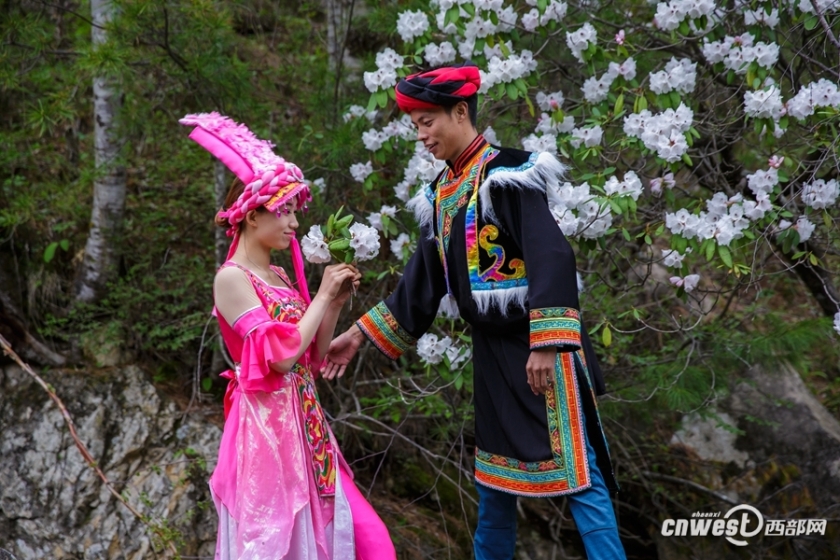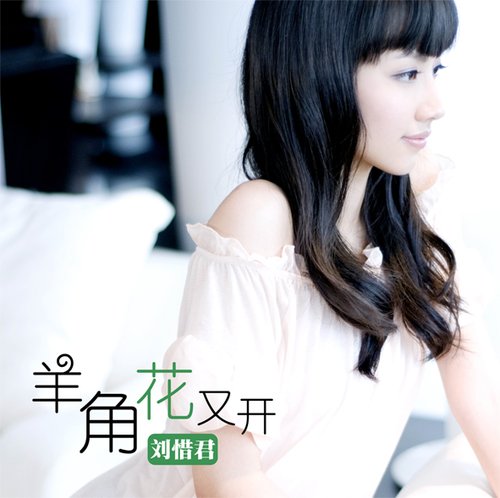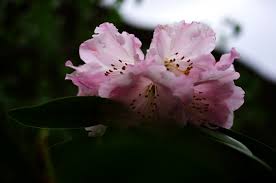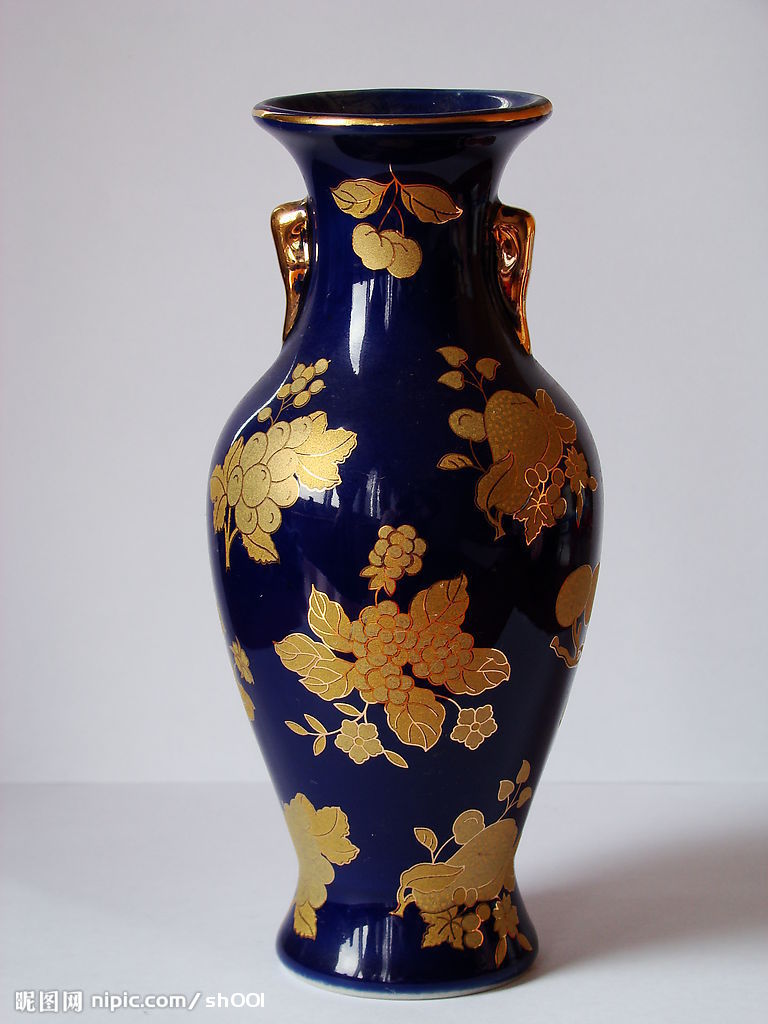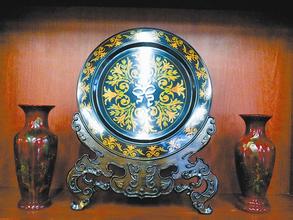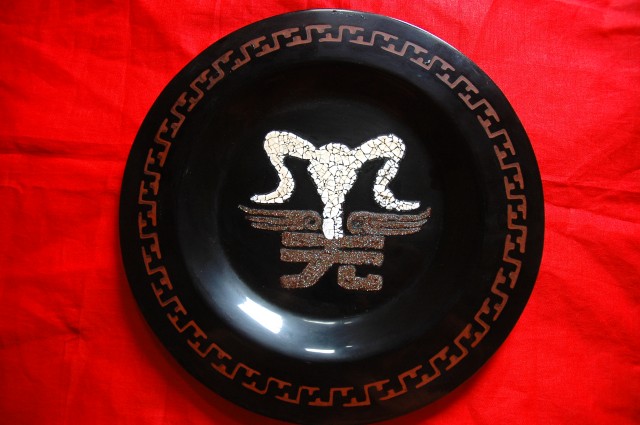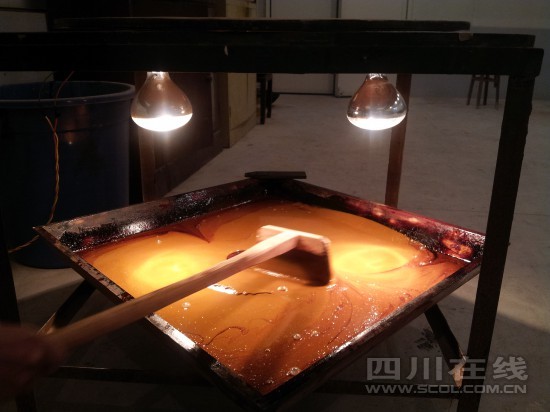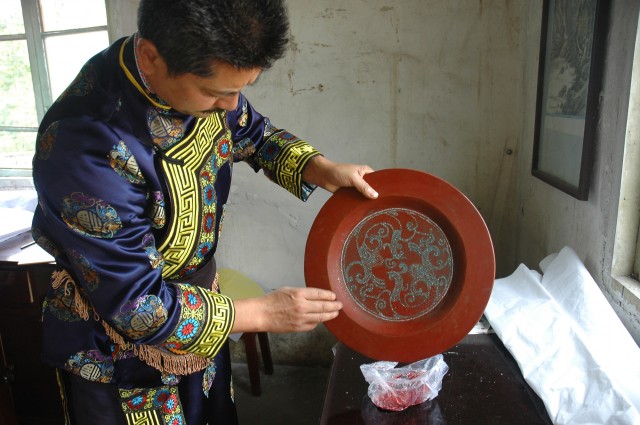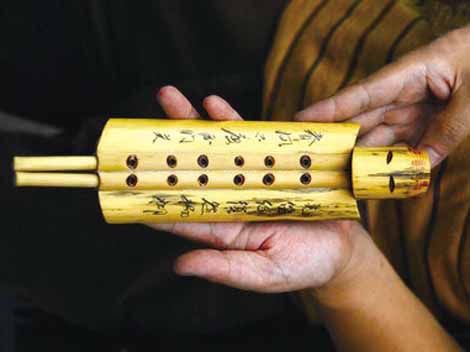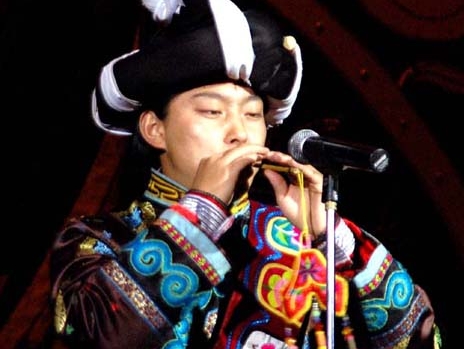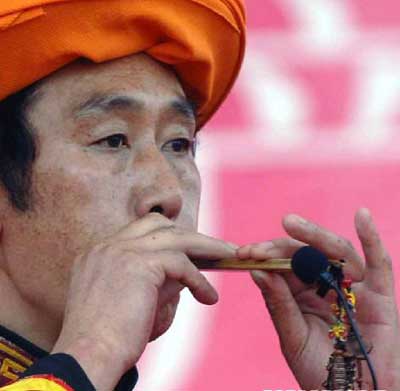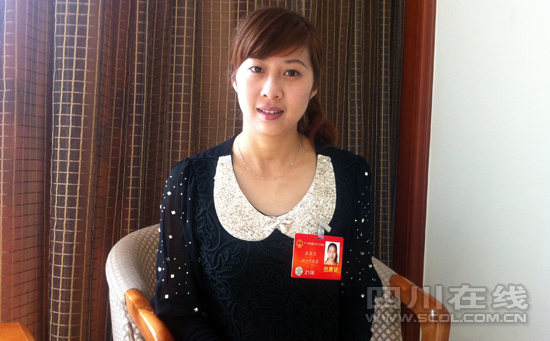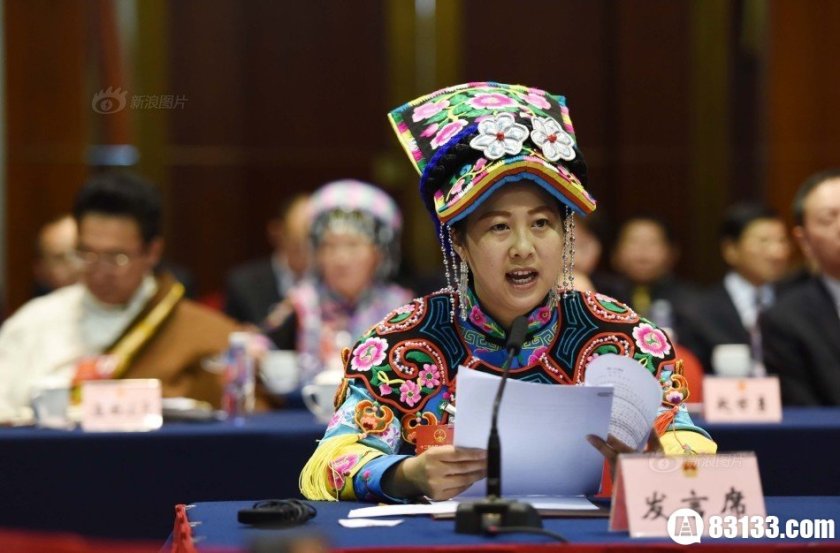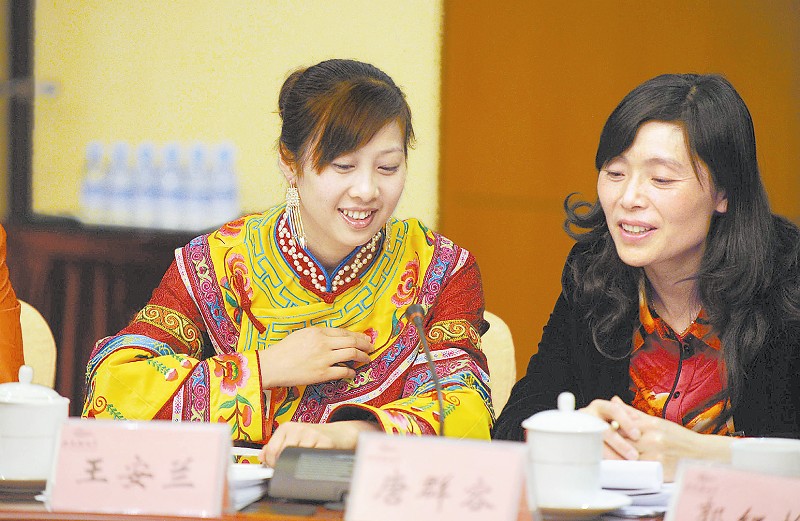周红令, Zhou, is a famous Qiang female writer, who also wrote a book “百年大震” (if translated directly: earthquake of the century) about the Sichuan earthquake in 2008. Zhou was born in 1970s, in southern Sichuan, and has four siblings. The place where Zhou was born is an area called “若尔盖大草原” in Tibetan Plateau. Zhou’s mother passed away when she was three, and then her father died when she just graduated from junior high school. After that, Zhou was raised by her two older sisters.
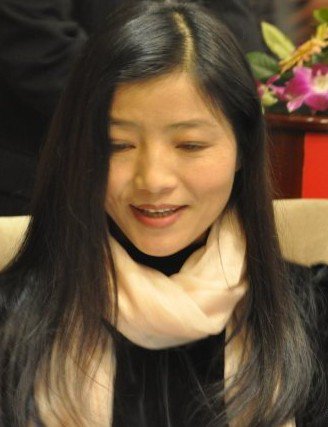
Zhou started to learn literature, Chinesische Kalligrafie, and painting when she was in junior high school. To Zhou, those were something that she really enjoyed learning. In 1990, Zhou moved to Chengdu and started her carrier as a writer. In 2008, on May 12, right after Sichuan earthquake, Zhou went to Dujiangyan with desperateness wanting to find her husband. Luckily, she met her husband after eight hours searching. Then they were on the way to Wenchuan for their daughter and other families. However, this time, after 12 hours walking (no transportation available), the road to Wenchuan was broken by the earthquake, so Zhou and her husband had to stay in Yingxiu. When Zhou witnessed the rescue action, she then wrote the “走进震中映秀镇” – about the ruin, deaths, by the earthquake, and how the rescue was going in Yingxiu.
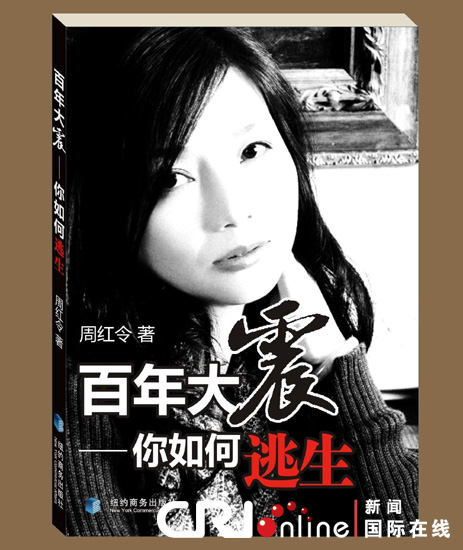
On May 19, 2008, the “走进震中映秀镇” was published by a publisher in Shanghai called “新聞晨報“. After that, Zhou spent about two years researching on everything about earthquake and wrote the book “百年大震”, which was published in the United States. The book was to teach the readers how to correctly and safely escape in a earthquake. This book is now available in many schools in China for free.
-Culture Fanatic-


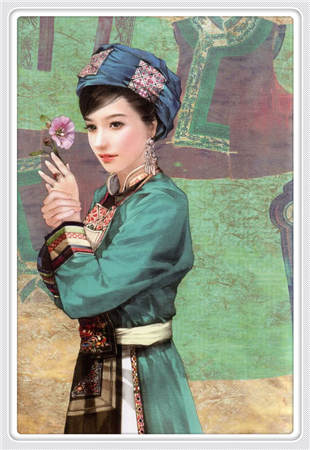



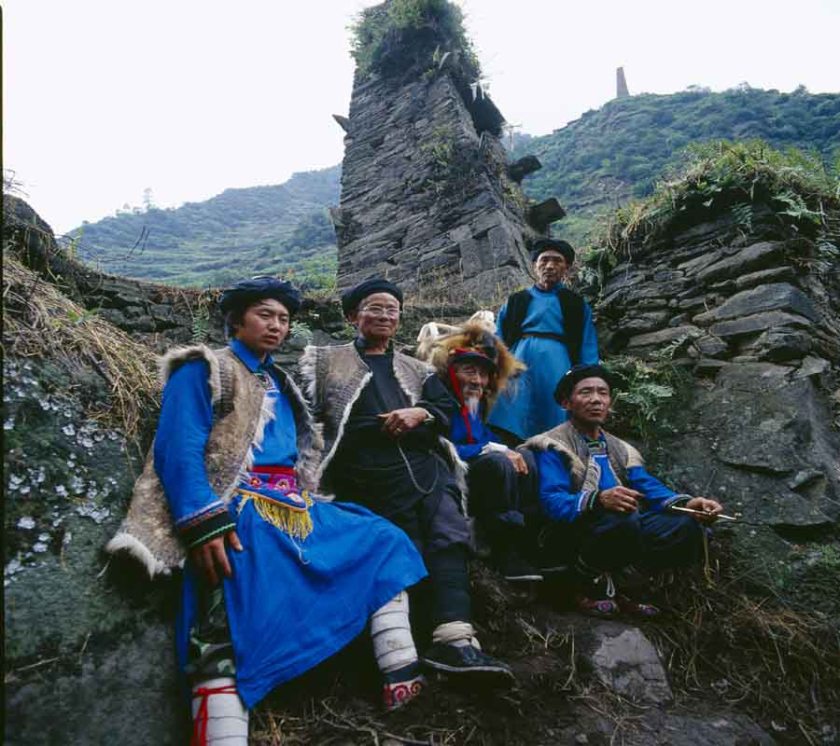

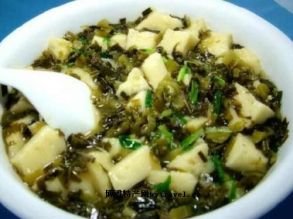
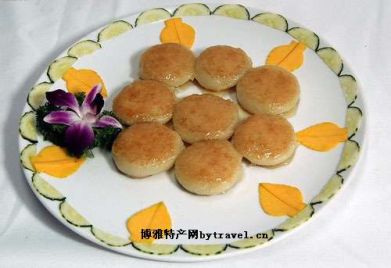
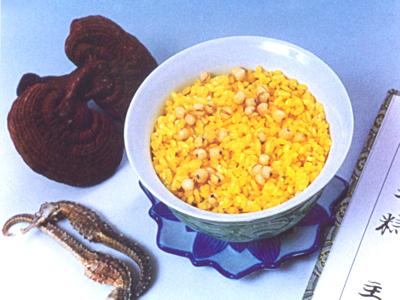






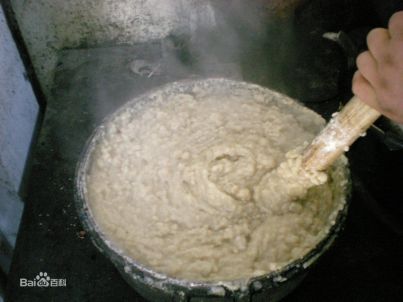
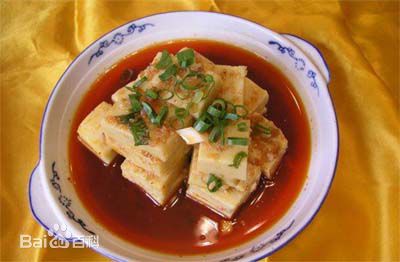
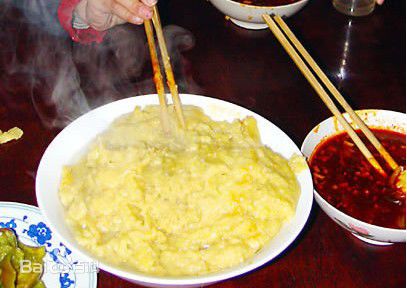
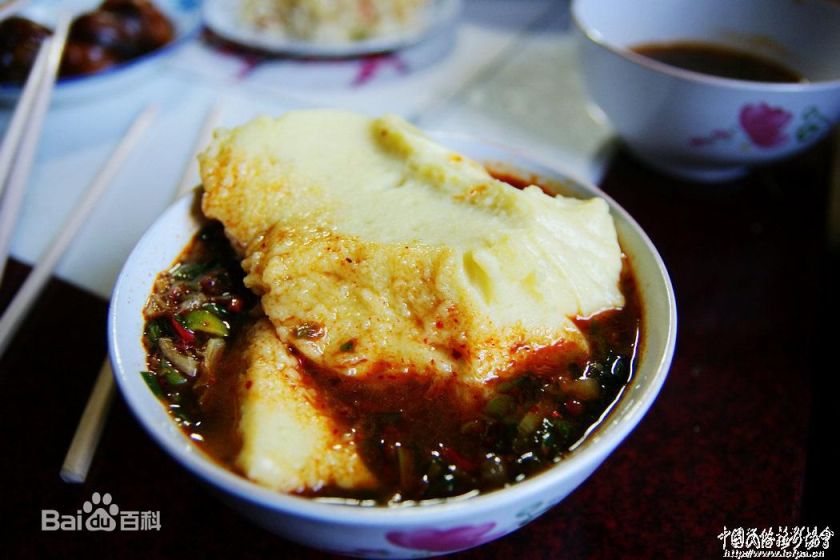
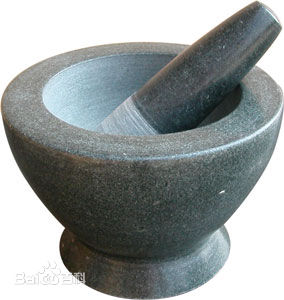
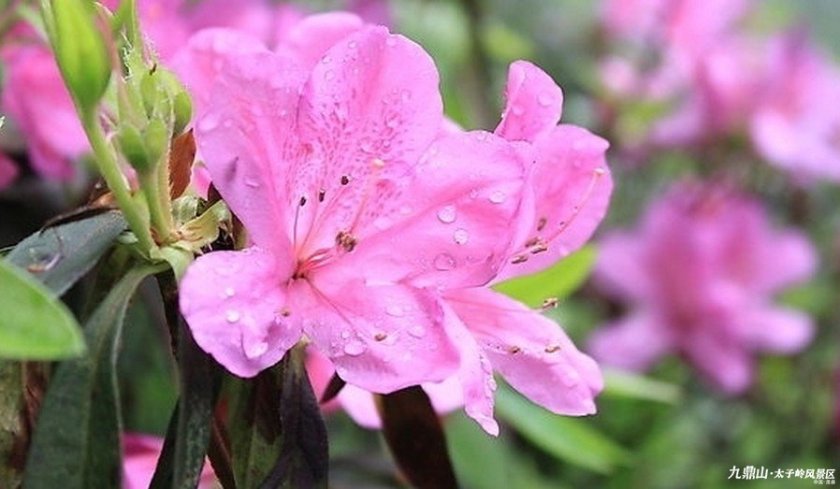
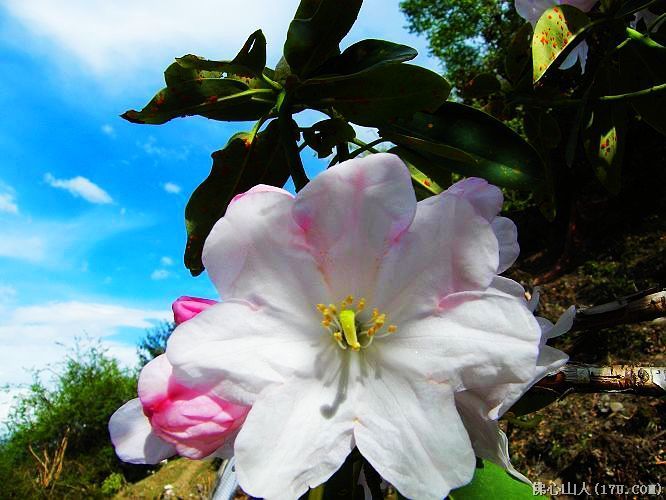 (White Horn Flower)
(White Horn Flower)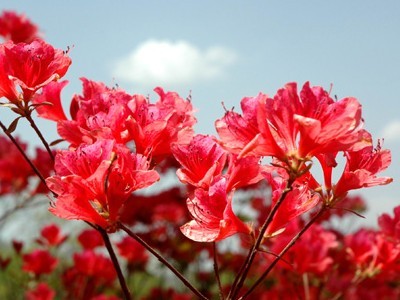 (Red Ones)
(Red Ones)